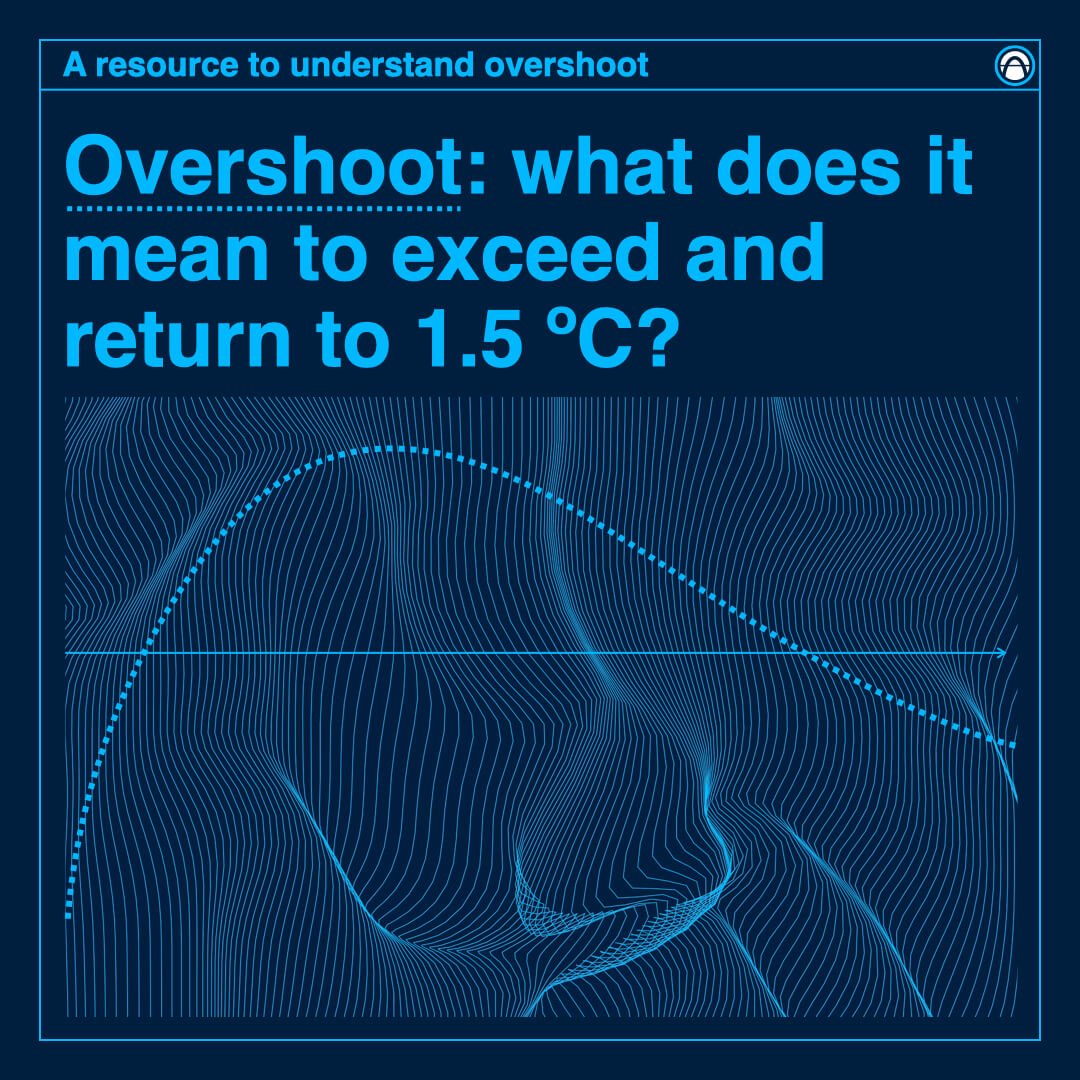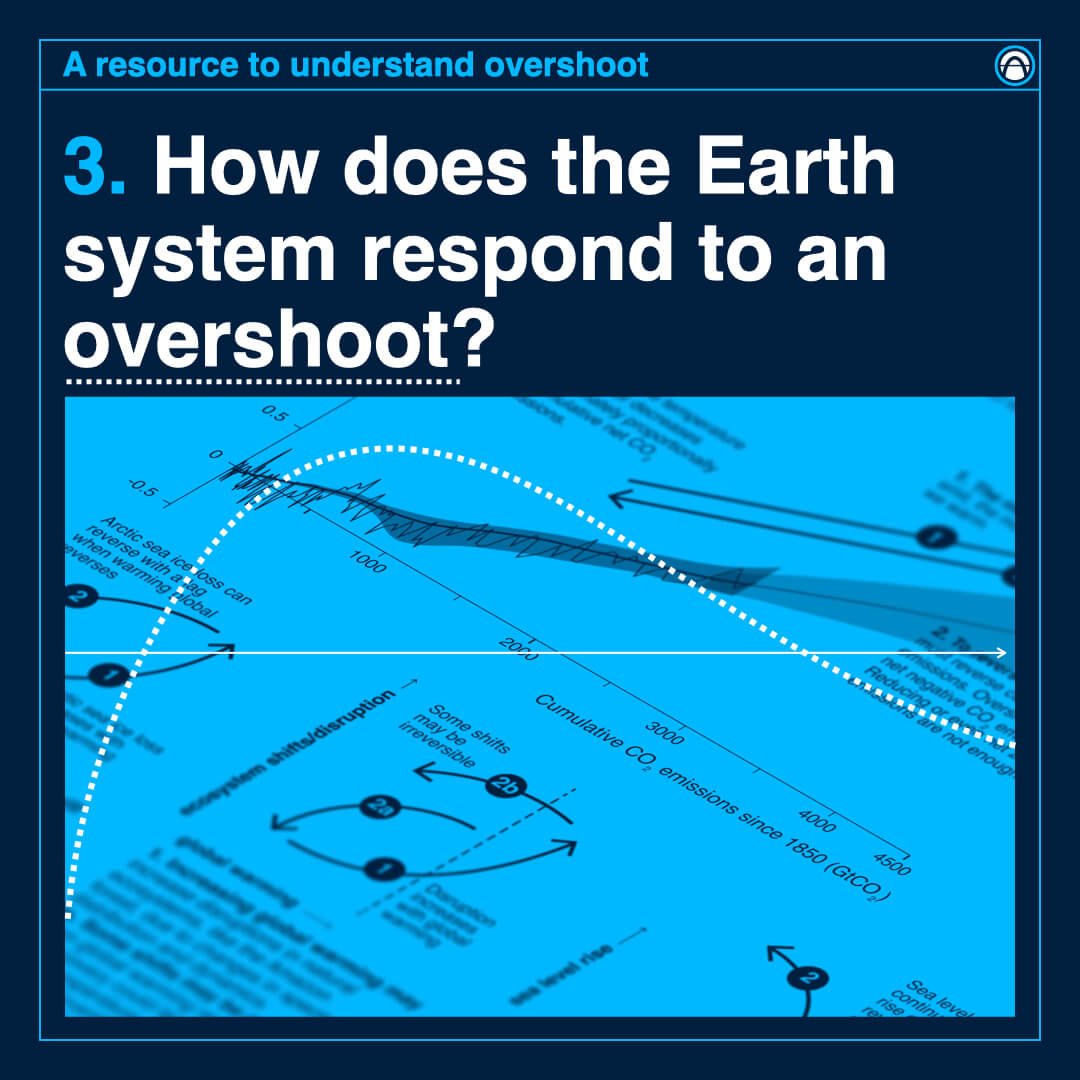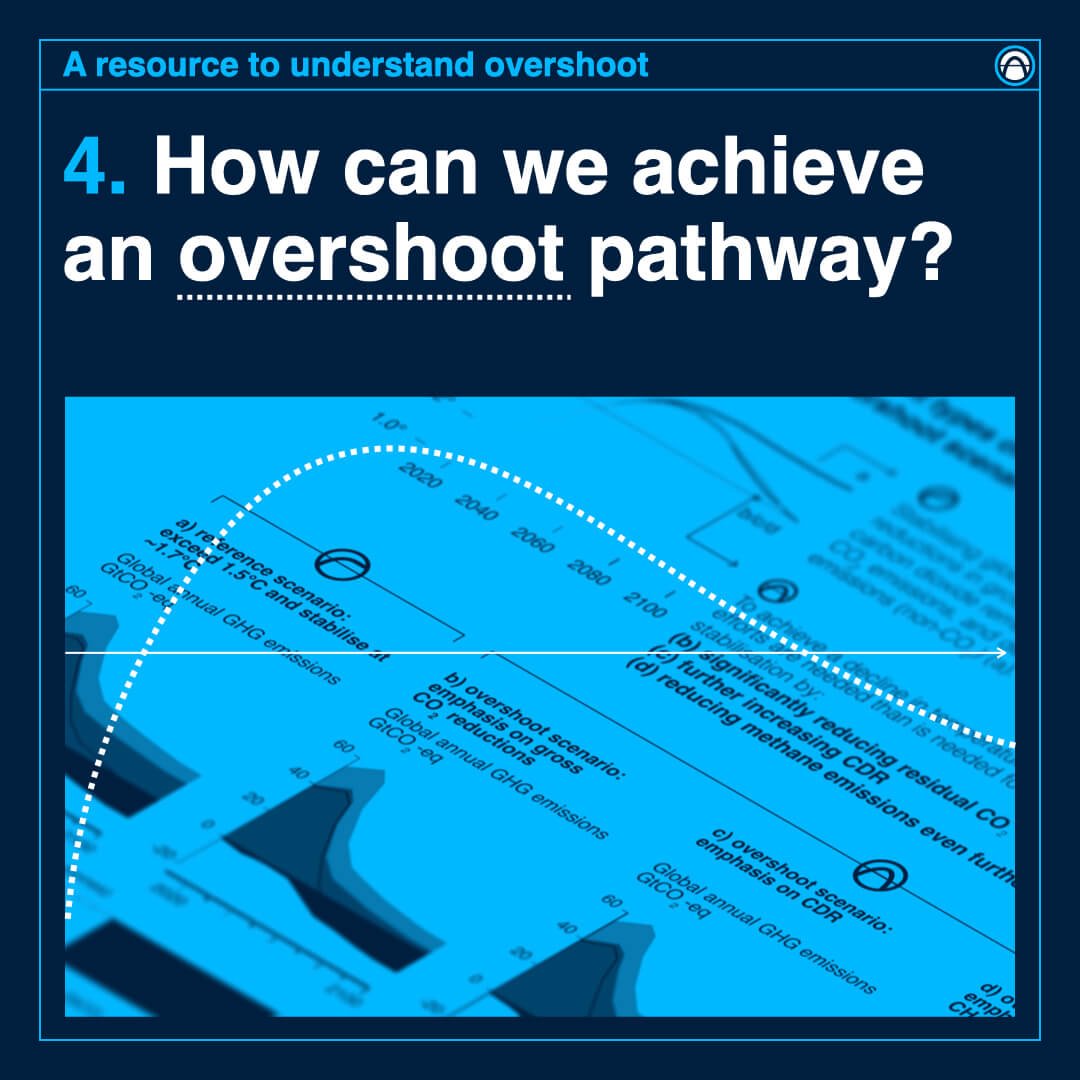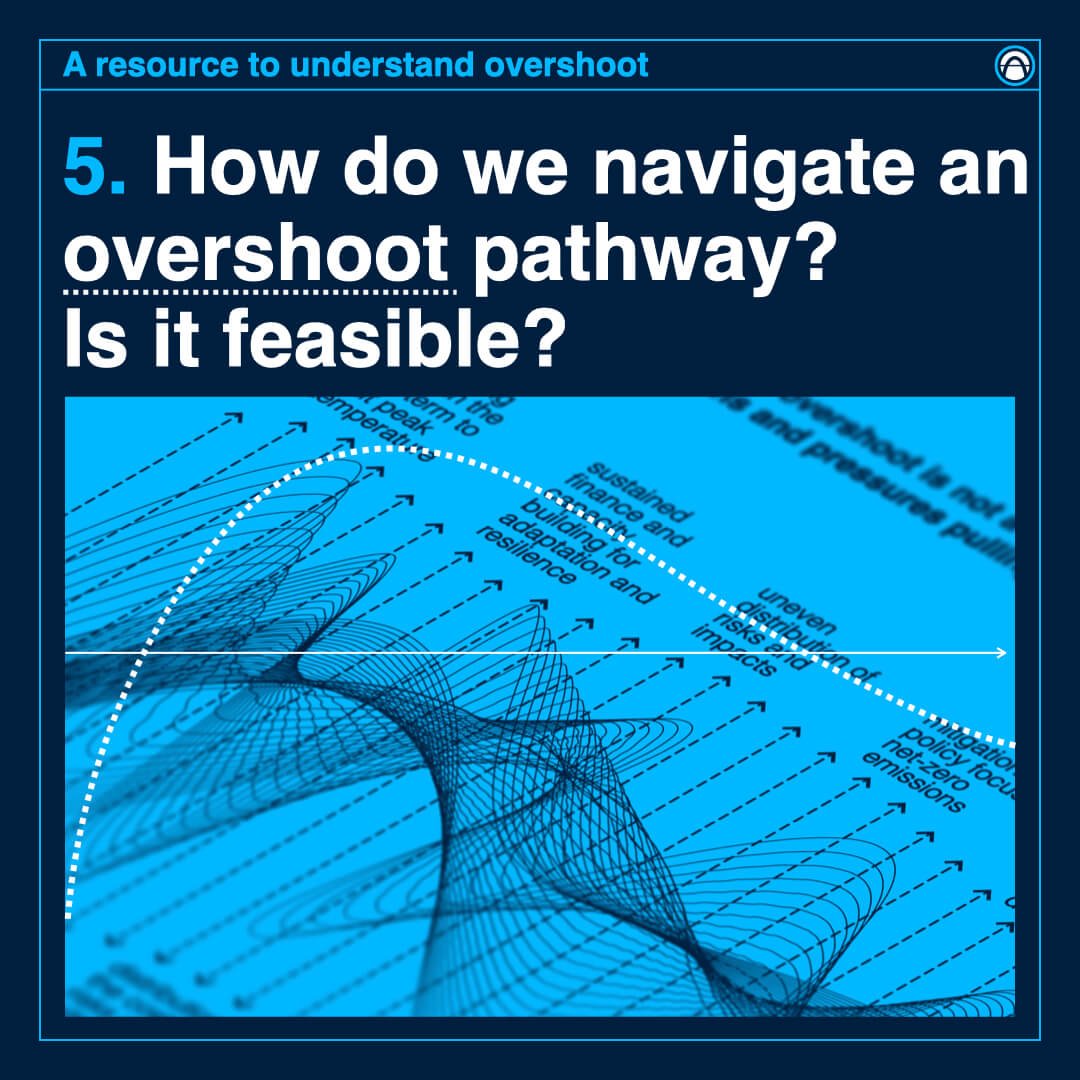Overshoot, Annual Review
As the world moves closer to exceeding 1.5°C of global warming, policymakers face a new and urgent challenge: understanding the implications of surpassing this threshold and the potential pathways for returning again below it.

As the world moves closer to exceeding 1.5°C of global warming, policymakers face a new and urgent challenge: understanding the implications of surpassing this threshold and the potential pathways for returning again below it. This concept known as temperature overshoot is becoming of increasing interest in climate policy discussions, yet it remains under-communicated, inconsistently defined, and poorly understood, even among experts.
The lack of shared mental models around the term “overshoot” prompted a collaboration between InfoDesignLab and an international team of climate scientists, many involved in IPCC assessments, to co-create a visual communication toolkit clarifying its meaning and implications. The work was developed in the context of the 2025 Annual Review article, Overshoot: A Conceptual Review of Exceeding and Returning to Global Warming of 1.5°C. The aim is to help inform a shared understanding and a more coherent dialogue, particularly in the policy-making context, with an overview of the multiple facets of this concept.
The review is the first comprehensive conceptual review exploring the implications of such “overshoot” pathways. The review considers climate-related damages and risks, adaptation and vulnerability, global emission requirements, and issues arising for global and national climate policy. The review sets out evidence and knowledge gaps that illustrate the choices and challenges that decision-makers are now facing.

Figure 1, Overshoot: A Conceptual Review of Exceeding and Returning to Global Warming of 1.5°C

Figure 2, Overshoot: A Conceptual Review of Exceeding and Returning to Global Warming of 1.5°C

Figure 3, Overshoot: A Conceptual Review of Exceeding and Returning to Global Warming of 1.5°C

Figure 4, Overshoot: A Conceptual Review of Exceeding and Returning to Global Warming of 1.5°C

Figure 5, Overshoot: A Conceptual Review of Exceeding and Returning to Global Warming of 1.5°C
At the heart of the review is data visualisation, not as a surface-level tool, but as a participatory process integrated early and continuously throughout the scientific workflow, unlocking the power to influence the content itself through facilitation, structured dialogues, and the evolution of visual forms. The methodology builds on the co-design principles described by Sanders and Stappers (2008), in which scientists, designers, and potential users are engaged as equal participants in the creation of communication interventions.
The work was conducted through iterative co-design cycles, each including exploratory workshops, design reviews, stakeholders’ engagement, and feedback loops. Scientists played a continuous role in identifying key messages, refining terminology, and ensuring conceptual coherence, all the while stimulated by interrogation on intent, meaning and perception by information designers. The co-design process was not an afterthought; it shaped the framing of the article itself, catalysing and informing both the narrative structure and the key scientific messages.


A new CMCC's overshoot platform expands on the insights gained from the paper. The platform offers a plain language narrative to navigate this complex issue - one that will be expanded to shape climate discussions in the years to come, bridging science, policy, environment, society, and economics.





